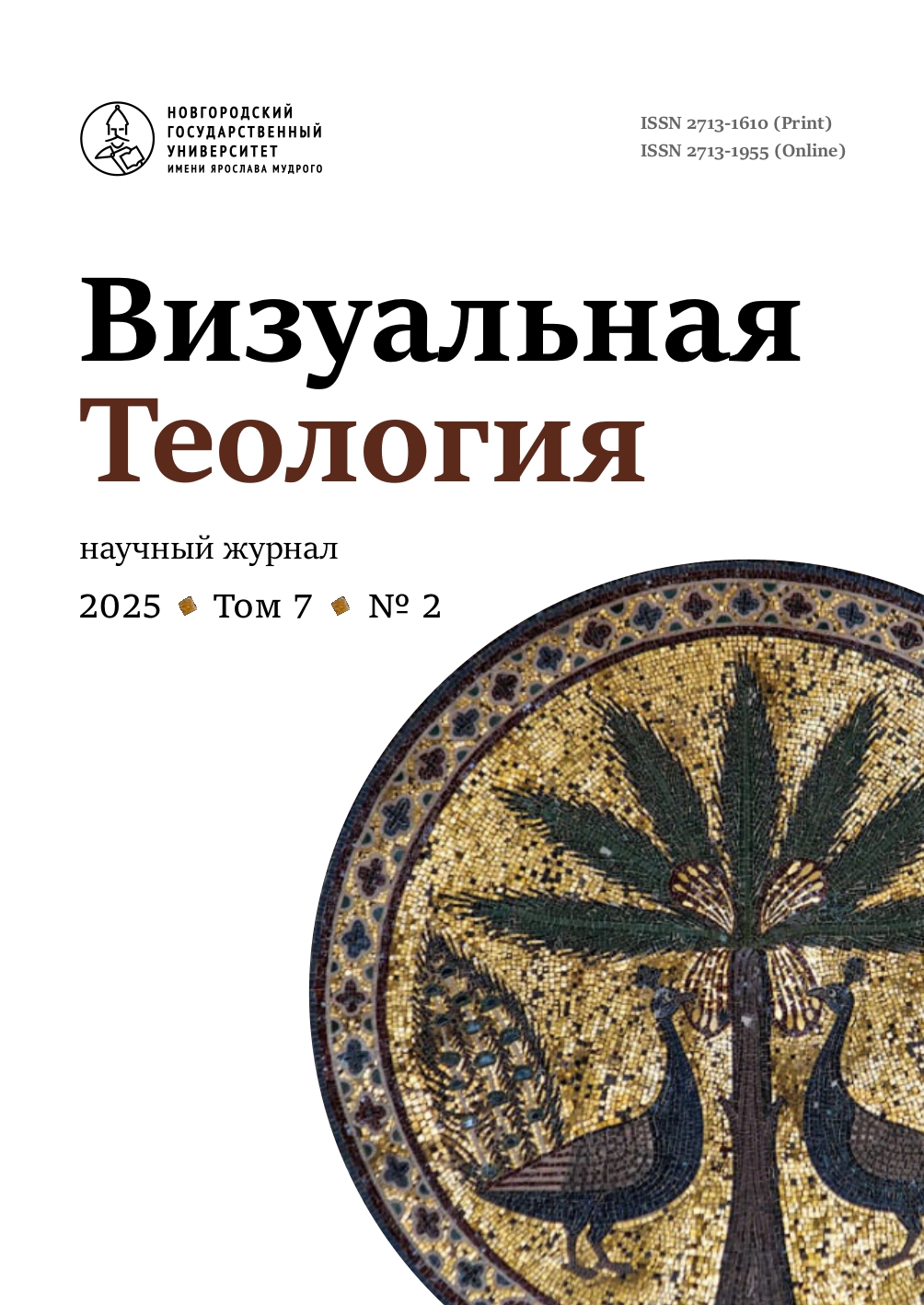Visual representation of anti-religious propaganda in the USSR: A. Panteleev’s “Wonder-worker” (1992)
Abstract
The article examines one of the earliest Soviet anti-religious films, The Wonder-worker (1922), directed by A. P. Panteleev, as a unique example of agitation mass art of the “cultural revolution” period, which has not previously been subjected to detailed analysis in scholarly literature. The author employs visual-semiotic and historical-cultural approaches to analyze the ideas presented in the film, as well as the ideological and cultural context within which it was produced. The primary semiotic significance of the film lies in its critique of the Church and its representatives, achieved through the depiction of their disbelief in the possibility of a genuinely supernatural event and their efforts to construct a “miracle” guided solely by pragmatic considerations and the desire for financial gain. In addition, The Wonder-worker serves as an artistic justification for the Soviet campaign to confiscate church valuables carried out in the first half of 1922. Owing to its simple and easily comprehensible plot about the fabrication of religious miracles, the film enjoyed considerable popularity among Soviet audiences. The author demonstrates that the anti-religious thrust of The Wonder-worker, aimed at discrediting the actions of the clergy, neither touches upon nor refutes the fundamental foundations of the Christian faith. Moreover, it is shown that the film contains scenes highlighting the significance of religious belief in the life of the people, which are entirely devoid of a critical message. Despite the film’s certain contribution to the Soviet authorities’ struggle against the official Church, its impact on popular religiosity appears to have been negligible.


